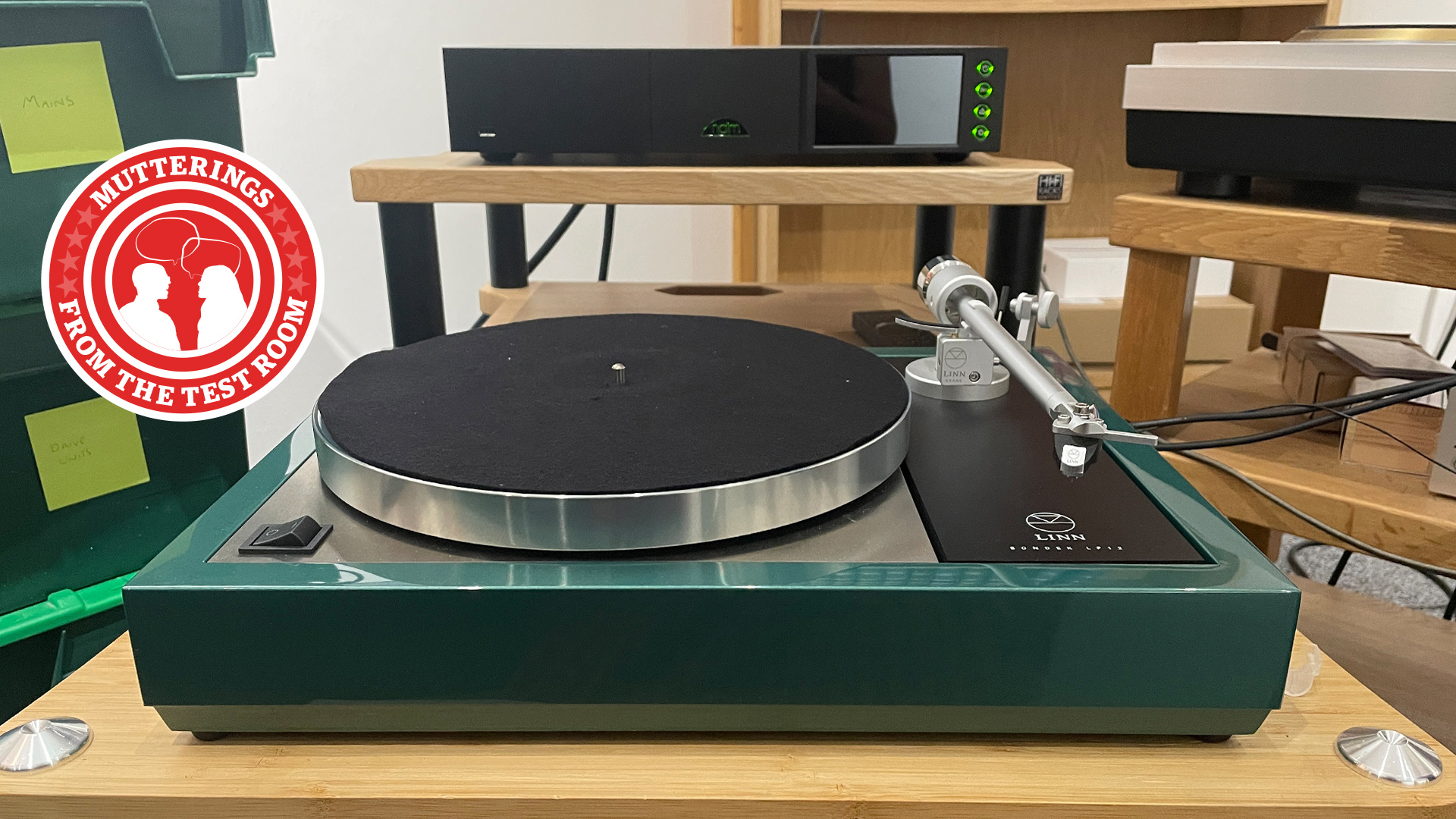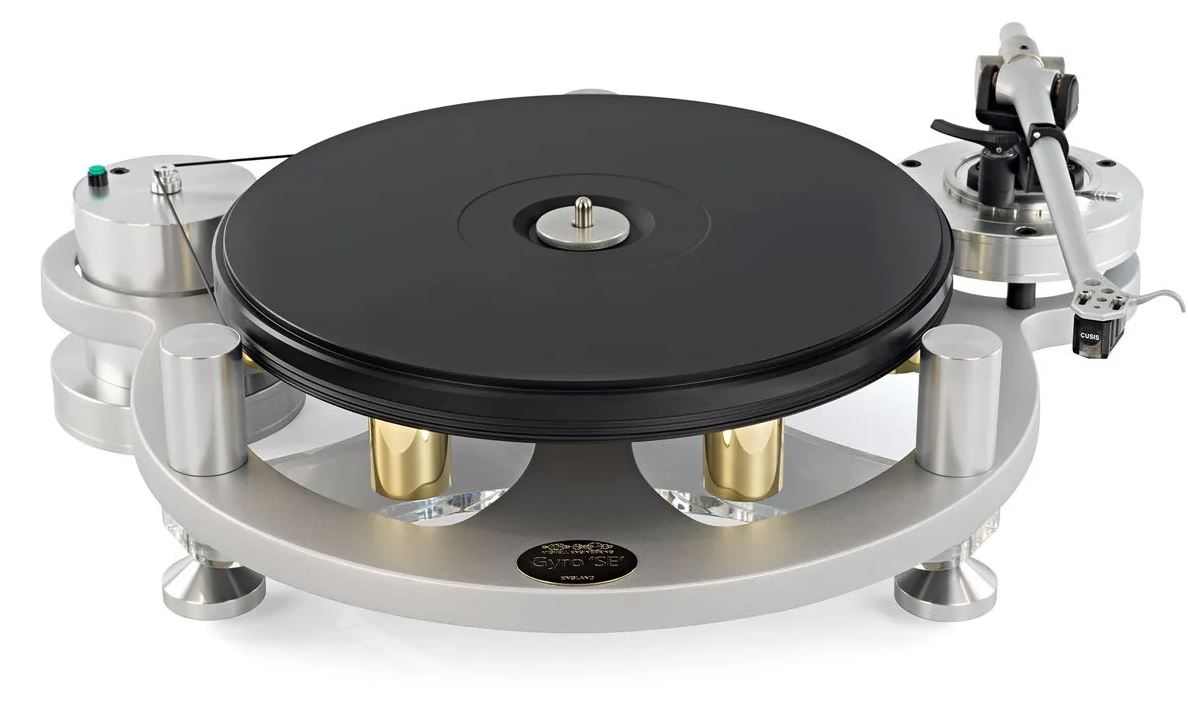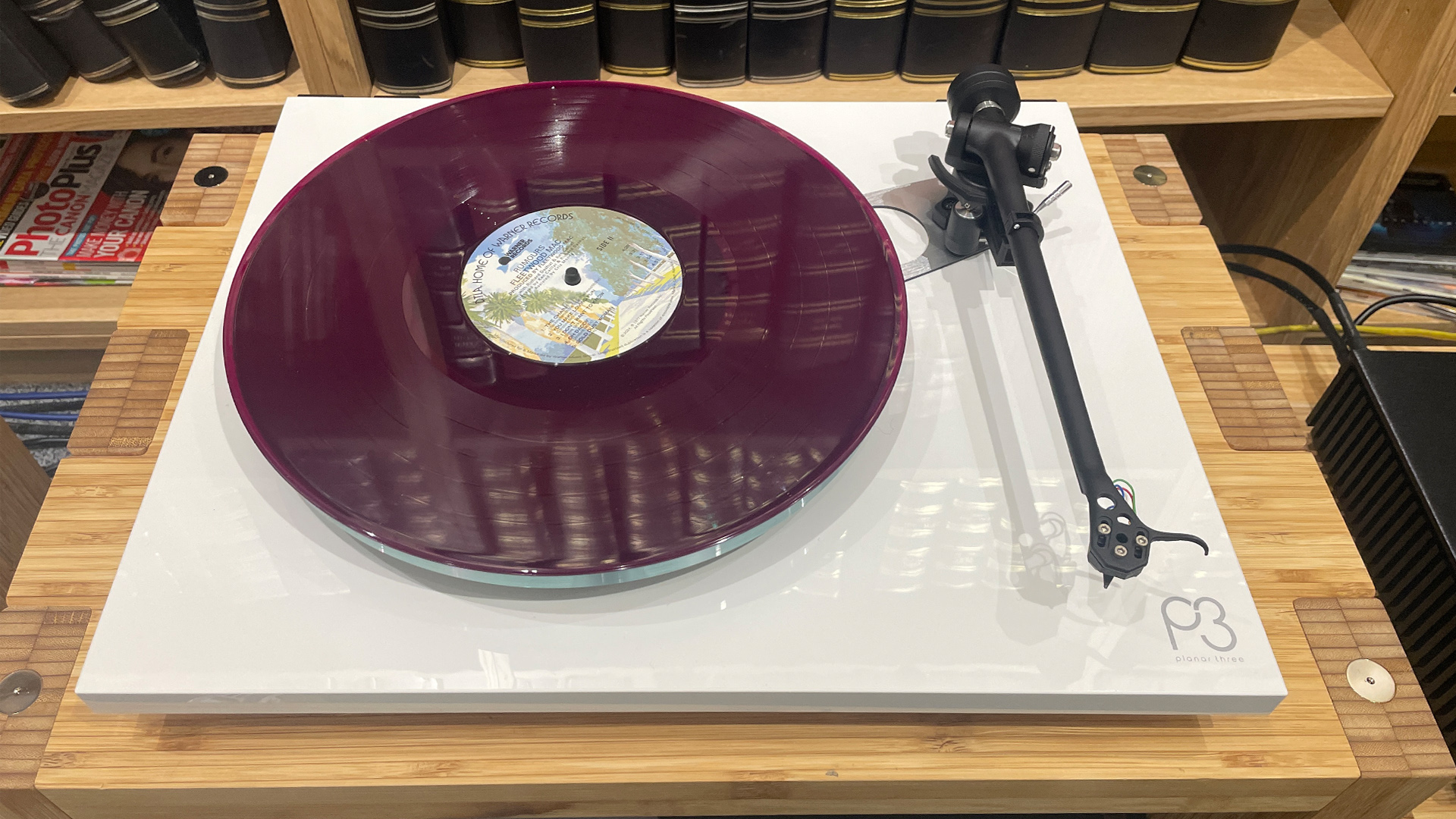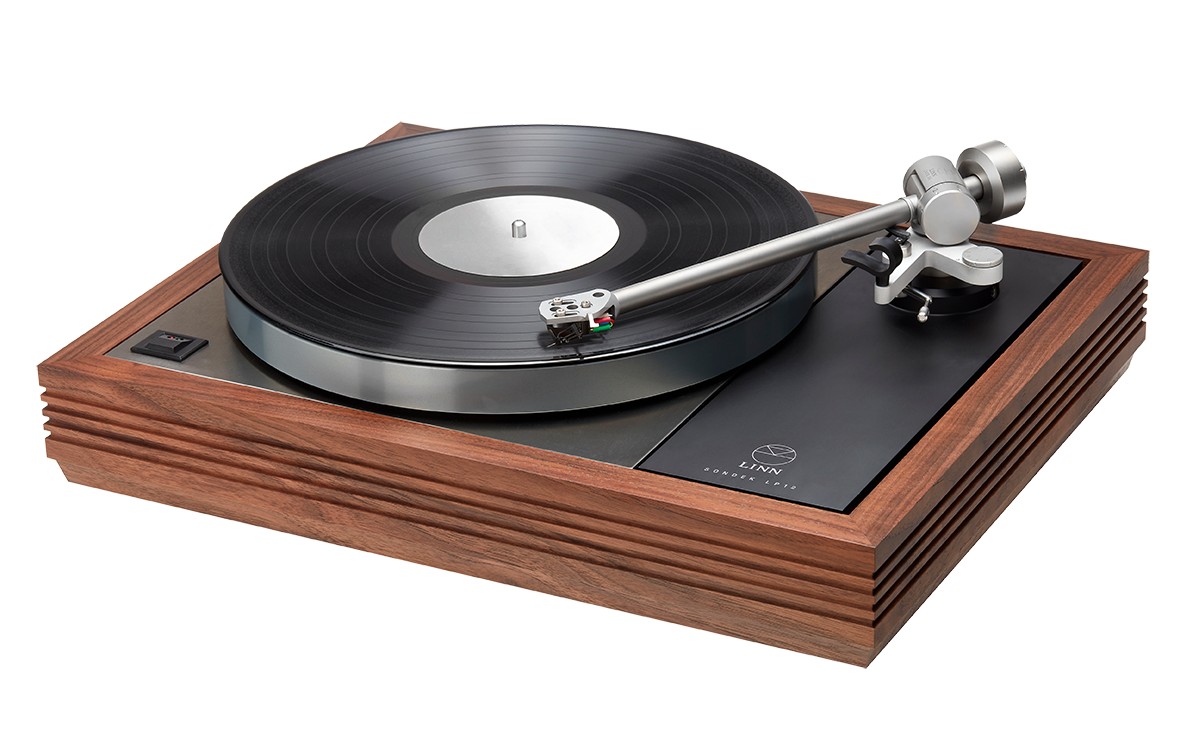
What Hi-Fi? covers a wide range of products. There are categories such as televisions, streamers, and wireless headphones and speakers where things move quickly and obviously. Each generation of products brings useful (and not so useful) new features, improves usability (mostly) and pushes performance standards ever higher (almost always). Then there are areas such as turntables, stereo amplifiers and conventional passive speakers, where things appear to move more glacially.
I want to focus on turntables here. Not just because I have a soft spot for them (which I do) but because, more than any other area What Hi-Fi? covers, it is a category that is packed full of products that tend to dominate, in many cases for decades at a time.
I’m thinking specifically of Rega’s evergreen Planar 1, 2 and 3 record players; but what I’ve said could equally apply to Linn’s LP12, pretty much all of SME’s turntable and tonearm ranges, as well as the Michell Gyro SE we currently have in our test room.
Having had a look through our 40+ year archives, I notice that the current Pro-Ject Debut doesn’t look too different from the original that was introduced way back in the late ’90s. The Debut has been developed and improved over the years, of course, but it just doesn’t look very different. I could go on, but I’m sure you get the idea.

Pretty much all these products would, in general terms, be considered among the class leaders at their respective price points. So the easy conclusion would be that the turntable market as a whole has stagnated and progress isn’t being made. That would be the easy conclusion – but not necessarily the correct one.
I’m not for one second going to suggest that record players are improving in leaps and bounds every single year, because that simply isn’t the case. It is a mature format that uses well-understood technologies, manufacturing techniques and materials. These are not the conditions that encourage huge strides forward. However, improved production processes, more sophisticated manufacturing equipment, and cleverer electronics do give room for improvement.

Take the Rega Planar 3 for example. The last round of significant improvements for the deck happened back in 2016, when the extra bracing was added between the main bearing and tonearm. The current production is all but identical, but the change of cartridge from the long-running Elys 2 to the new Nd3 has lifted the package’s performance notably. It is still a Planar 3 and, to anyone other than eagle-eyed enthusiasts, looks just the same, yet it has taken a proper step forward.
Then there is the Linn LP12. What started as a single model has been turned into a pick-and-mix special where almost every major part is available in a variety of options arranged in a broadly good, better, best manner. Aside from the obvious things such as the choice of cartridge, tonearm and plinth finish, it is possible to specify three different power-supply modules, three types of sub-chassis, two types of baseboard and three phono stages. The extremes of this approach take a standard LP12 package from something that starts below £4000 to a top-end variant that costs more than six times as much, with a performance increase to match. Once again, to an untrained observer, it remains just an LP12, much the same as the early ’70s original.

To a lesser or greater extent much the same applies to all the stalwart products I’ve mentioned. Over the years there have been various new power supplies for the likes of the SME 20 and Michell Gyro SE, and subtle design tweaks across the range of products to improve performance. Mostly these companies don’t really shout about these when they happen, so such improvements tend to pass the general hi-fi consciousness unnoticed.
Over the years (that is, over two decades in my reviewing career) I have been lucky enough to hear various generations of these decks – and I have no doubt that things are improving. That certainly doesn’t mean that the earliest versions should now be considered bad or anything like it – they all started as great products; but it is to all our benefit that the various manufacturers have worked hard to evolve each design to deliver even more musical pleasure.
MORE:
I’ve just listened to £250,000 worth of turntables and this is what I learned
Building a hi-fi system? Here's the secret to matching the right components
The 17 best turntables of What Hi-Fi?'s lifetime
Best high-end record players 2024: ultimate premium turntables tested by experts







